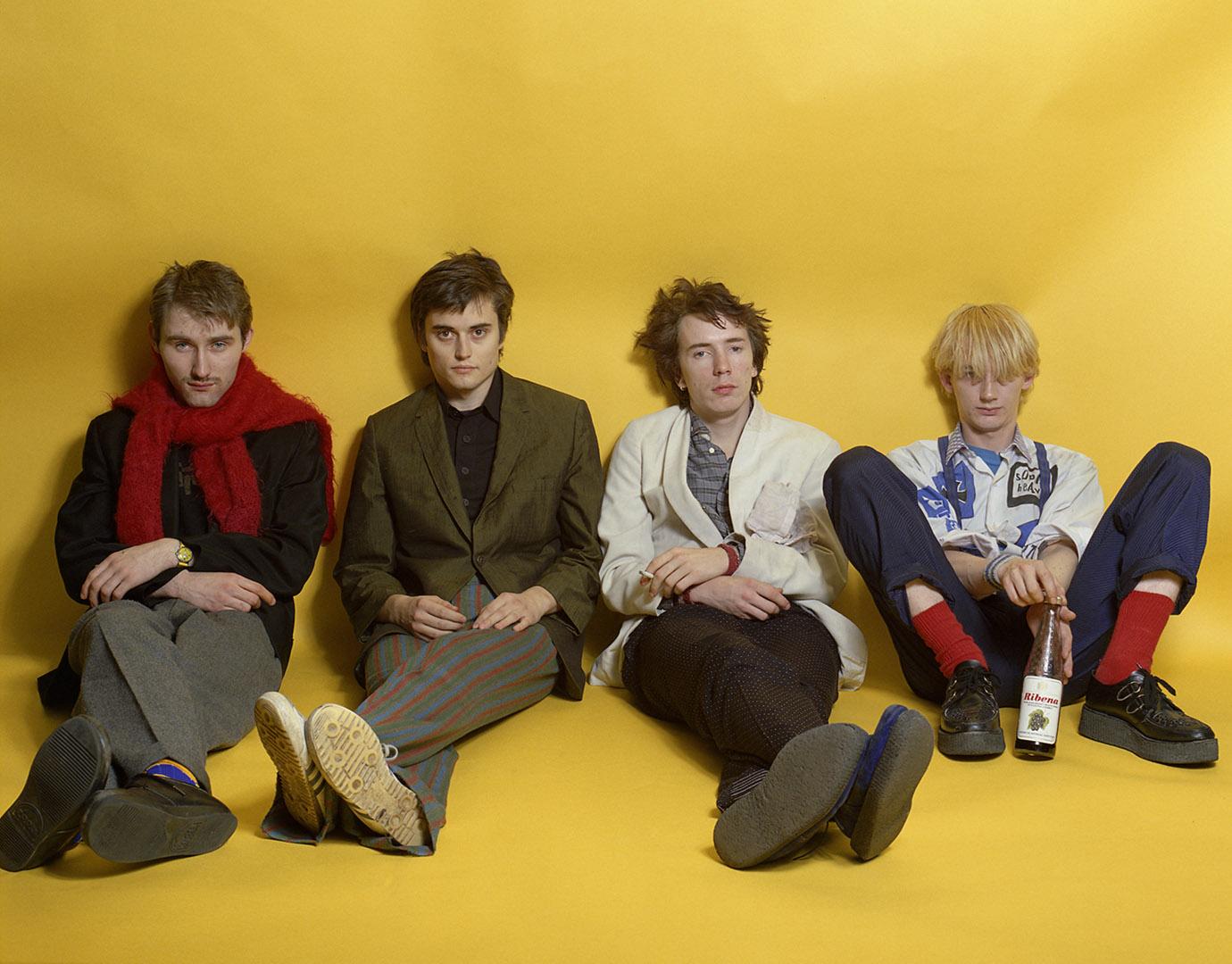Director: Amos Gitai
Cast: Simona Benyamini, Mohammed Bakri, Juliano Merr, Zare Vartanian, Schmuel Wolf, David Cohen, Sarah Cohen, Rim Bani
Israel, Austria, UK; 97’, 1985, color
Hebrew with Turkish subtitles
Designed as an immense "tableau vivant", the film tells the Old Testament story of Esther, who does not know she is Jewish when she is chosen by King Ashasuerus as his wife. Upon discovering a plot against her people, she manages to save them. Using this myth of survival and resistance, Amos Gitai also narrates the revengeful exterminations perpetrated by the Jews against their enemies. This violence resonates with current events, creating a parallel underscored by the ruins of Wadi Salib, where Gitai filmed the story. This is the first part in a trilogy that also comprises Berlin Jerusalem and Golem, the Spirit of Exile.

Canadian artist Marcel Dzama shares five albums he listened to most frequently while preparing his exhibition Dancing with the Moon at Pera Museum. Spanning from post-punk depths to subtle folk tones, this list offers a glimpse into the sounds that shape his visual world.
Tuesday - Saturday 10:00 - 19:00
Friday 10:00 - 22:00
Sunday 12:00 - 18:00
The museum is closed on Mondays.
On Wednesdays, the students can
visit the museum free of admission.
Full ticket: 300 TL
Discounted: 150 TL
Groups: 200 TL (minimum 10 people)